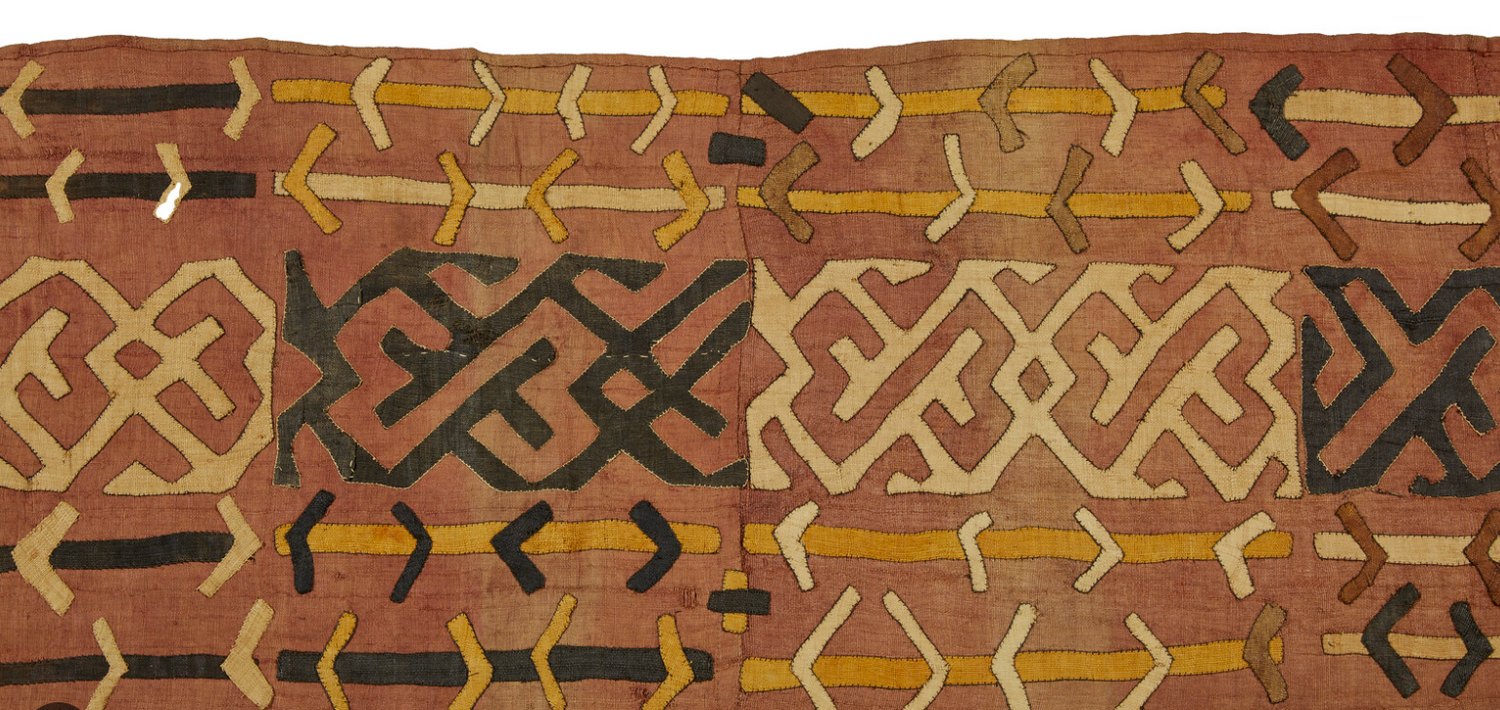If you’ve ever been on a safari or simply admired the wonders of African wildlife, you might have noticed that the animals there often have some delightfully quirky collective nouns. While some are standard (a herd of elephants, for example), others are downright fun, and might make you chuckle. Let’s take a look at some of the more colorful ways people refer to groups of African animals!
1. A Pride of Lions
Let’s start with the classic. Lions are, of course, known for their regal status, and their pride is a fitting tribute to their majestic ways. Whether they’re lounging in the sun or hunting in the savanna, a pride of lions is one of the most iconic groupings in the animal kingdom. It’s not just because they’re royal but because they often live in family groups with a dominant male leading the charge.
2. A Crash of Rhinos
This one sounds as dramatic as it is fun! Rhinos may not be known for their speed, but when they charge, they certainly make an impact. A "crash" of rhinos refers to the force and power they can exhibit when they come together—so it’s both descriptive and a bit theatrical. It's a bit like calling a group of loud teenagers a "ruckus."
3. A Journey of Giraffes
Given that giraffes are known for their long necks and graceful strides, it's no surprise that their collective noun is equally elegant. A "journey" of giraffes reflects their slow, deliberate movement through the savanna, as if they’re on a majestic adventure.
4. A Parliament of Owls
While not specific to African owls, this term is a charming one that’s universally used for all owls. The term "parliament" is believed to have originated because of the solemn and wise way owls appear when gathered together, resembling a group of well-dressed politicians having a thoughtful debate. You can almost imagine them in tuxedos, deliberating on world affairs.
5. A Kaleidoscope of Butterflies
In the case of African butterflies, things get colorful! A group of butterflies is called a "kaleidoscope," which seems perfect given the vibrant, shifting patterns of their wings. If you’ve ever seen a swarm of butterflies fluttering through the air, you’ll understand why this term is so fitting.
6. A Raft of Hippos
Hippos, though known for their hefty size and grumpy demeanor, actually have an adorable collective noun. A "raft" of hippos makes sense when you see them lounging together in the water, often floating serenely with just their eyes and ears visible. It’s as if they’re a bunch of river boaters enjoying a lazy float down the stream.
7. A Leap of Leopards
Leopards are agile creatures, known for their ability to leap from tree to tree or pounce on their prey in the blink of an eye. So, it’s no surprise that a group of leopards is called a "leap." It conjures up images of these big cats moving with the grace and speed that make them so formidable in the wild.
8. A Sounder of Warthogs
Warthogs, the often amusingly wild relatives of domestic pigs, travel in "sounders." Not only does this term make sense when you hear the noise these boisterous animals make, but it also reflects their behavior: they can often be found rooting around together in the mud, making plenty of noise along the way!
9. A Dazzle of Zebras
Zebras, with their striking black-and-white stripes, can be mesmerizing when seen in groups. A "dazzle" of zebras captures the visual spectacle of a herd moving together, their stripes creating a dazzling effect. It’s a name that’s as dazzling as the animals themselves.
Africa’s wildlife offers a treasure trove of delightful and sometimes humorous collective nouns. Whether it’s the power of a "crash" of rhinos or the regal "pride" of lions, these terms are a fun reminder of how language can mirror the unique characteristics of the animals they describe. Next time you're on safari—or simply imagining one—see if you can spot a "parliament" of owls or a "dazzle" of zebras in your mind’s eye!



